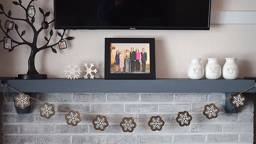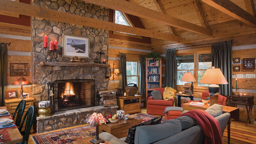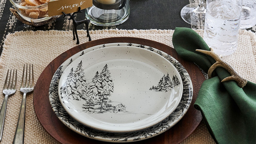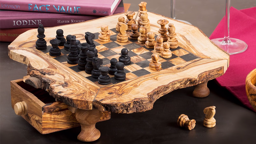So you’ve cleared the first hurdle: You know you want a log home. But there’s a whole world of finishing materials and decorative elements out there, and choosing the exact ones that will enrich your vision for your home can be tricky.
Luckily, we’ve been around the track a few times and gathered an abundance of ideas along the way. Here, we share our years of design observation to help guide you along the decision road.
A: Acrylic Blocks
Made from translucent acrylic or glass, blocks have fallen out of vogue several times since they came on the scene in the early 20th century. But like many fashionable trends, they always seem to have a resurgence, thanks, in part, to their practicality. Block is a low-maintenance material that brightens a space without sacrificing a smidge of privacy. Perfect for bathrooms, acrylic blocks withstand moisture well, and they’re surprisingly easy to install.
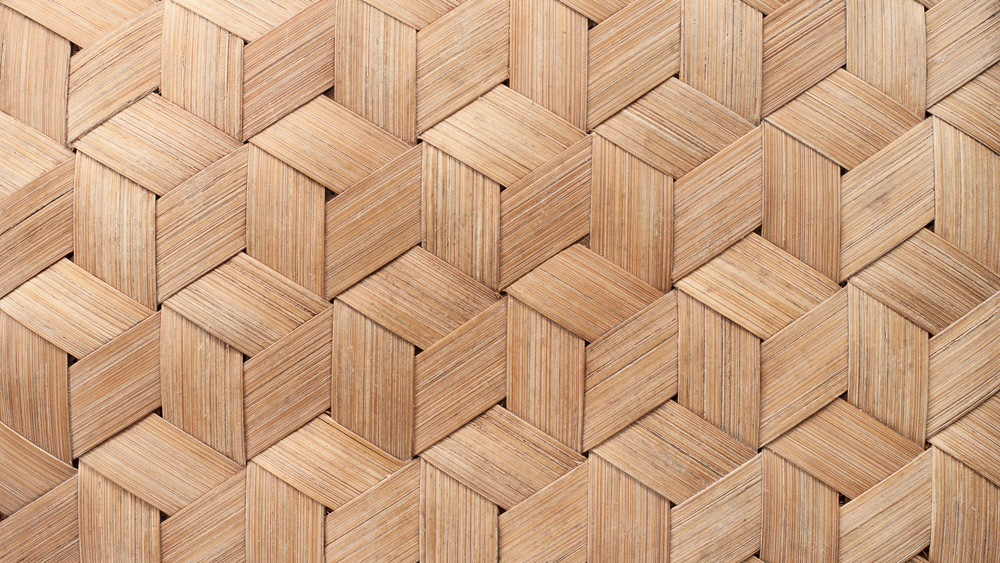
B: Bamboo
It may act like wood, but bamboo is actually grass — and a fast-growing grass to boot. In fact, many species can be harvested within three years, making it a highly renewable resource. When used as flooring, the fibers and growth nodules of this lightweight material create an interesting grain underfoot on its own, but its pliability in the manufacturing process also allows it to be transformed into intricate patterns for other applications.
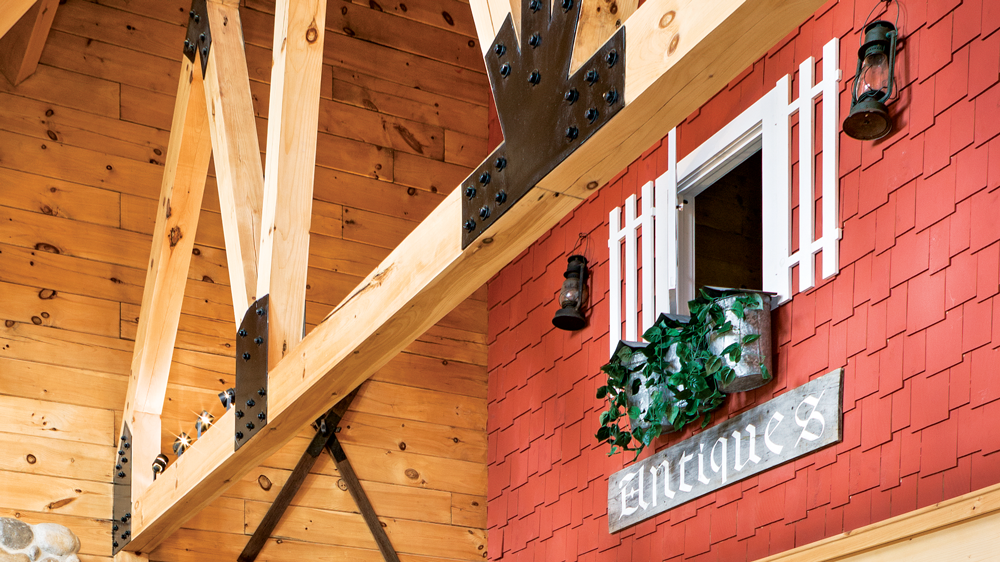
C: Cedar Shake
No longer reserved for roofs, cedar shake can be a great option for sided gables, non-log add-ons or accents, such as surrounding the front door, decorating a kitchen island or finishing off a detached garage. Offering the natural appeal of wood, shakes require less maintenance than regular wood siding and usually are painted or treated with a clear coat to retain the varying tones of the wood; though, when used outdoors, they eventually will weather to a soft gray.
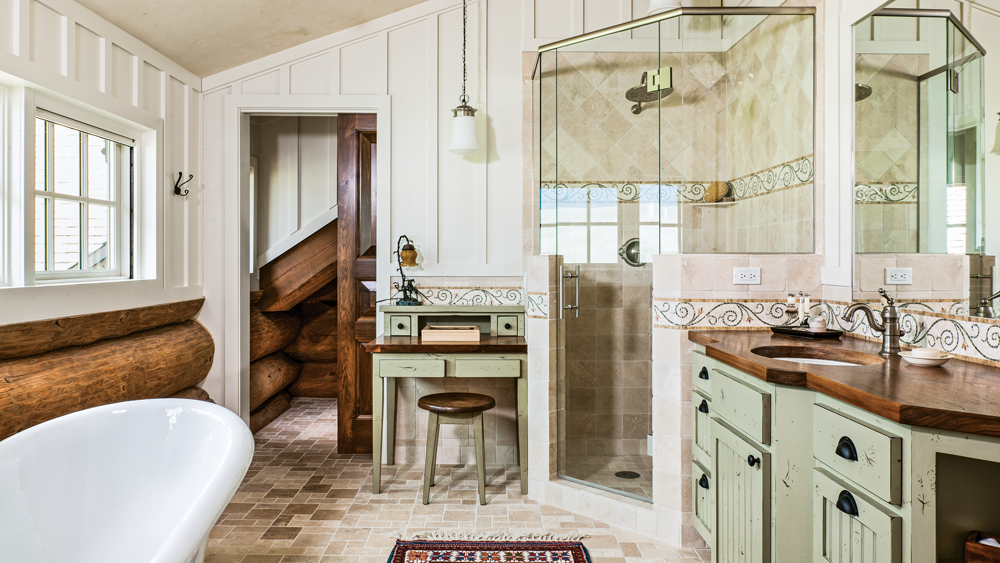
D: Dado
The technical name for the lower half of a wall (usually separated by a chair rail), this area is traditionally given a different decorative treatment (think log paneling, wainscoting or even a treatment like dry brushing) than the upper part. In the past, dado was installed specifically to hide stains associated with water damage (before waterproofing sealants). Also, the dado rail (also known as the chair rail) protects the wall from dings caused by furniture, namely, the backs of dining room chairs.

E: Eco-Friendly Clay
A unique alternative to paint or plaster, clay is an earth-friendly option for non-log walls, and it’s easy to apply. Thanks to companies like American Clay, you can make it yourself by simply adding water to the eco-friendly powder (a combo of marble dust, pigment and clay). The mix then turns into a flexible substance that will adhere to nearly any primed surface — even textured walls and ceilings. And, like logs, clay naturally helps to keep your home cool in summer and warm in winter.
F: Flagstone
Flagstone is sedimentary rock (most often a type of sandstone, bluestone, quartzite or slate) that can be split easily into pieces that are suitable for different areas in and around your log home. Being the most versatile kind of stone for building and landscaping, flagstone can be cut into specific patterns, which can give a log home either an organic feel or a more rigid, formal look. Shades range from red to yellow, blue to lilac and beige to dark tan, and you can finish your flagstone in a variety of ways, from high gloss to matte.
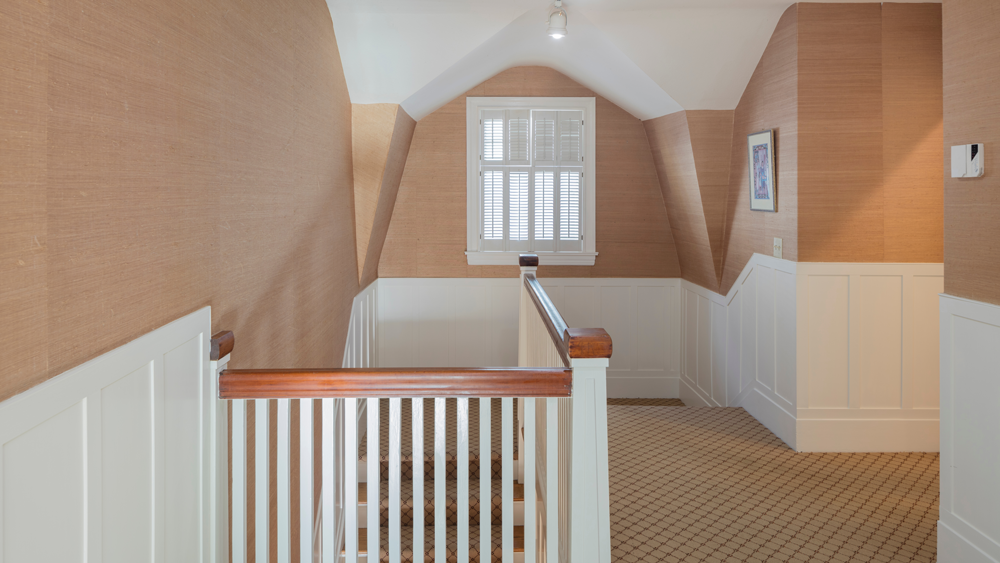
G: Grasscloth
Made from loosely woven plant fibers, grasscloth wallpaper has been around for decades, but now we’re seeing it in more neutral colors and patterns, making it a nice complement to your logs. Plus, grasscloth works well with a host of different decor styles, from boho chic to Asian-inspired spaces, but its pure and simple style also makes it a good pick for more traditional rustic homes.
H: Hemp
Industrial hemp, used for a variety of floor coverings, is an organic fiber that’s durable as well as earth friendly, since it reproduces quickly. It also acts as an excellent non-allergenic backing for other carpeting materials, such as wool, because it’s free of volatile organic compounds (VOCs), which can cause problems for people with respiratory issues. If you’re looking for a neutral-colored, all-natural floor covering, hemp is a solid bet.
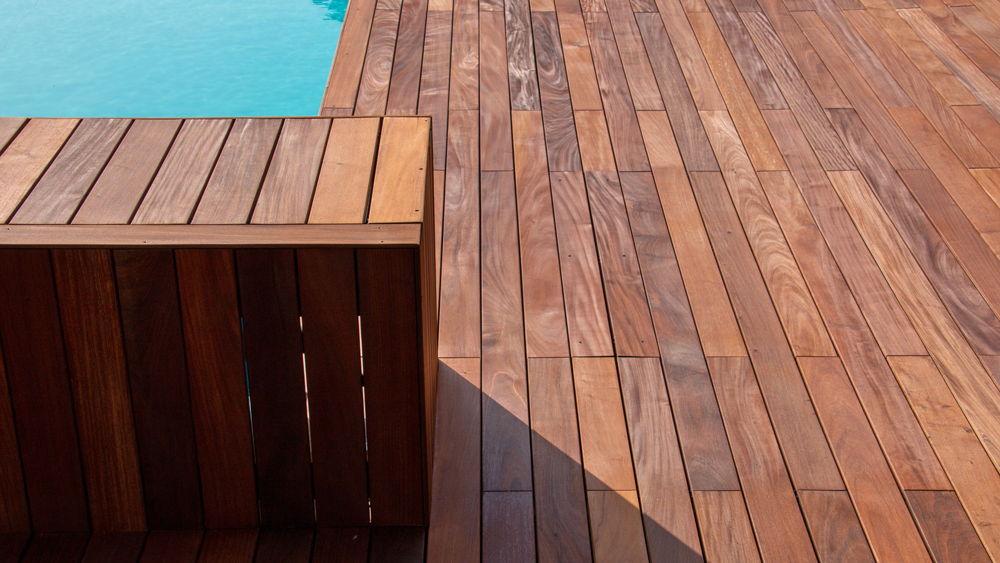
I: Ipe Wood
Ipe is an environmentally friendly material, used mainly for outdoor decking, but also can be incorporated indoors. The heartwood is typically reddish brown, sometimes with a greenish tinge, often with lighter or darker striping, making it look similar to teak. Sapwood varieties are striped with lighter white or yellow. Ipe is incredibly hard and naturally resists rot, decay, insects and mold. It’s also resistant to splintering, making it a smart option for your log home’s outdoor spaces where shoes are optional.
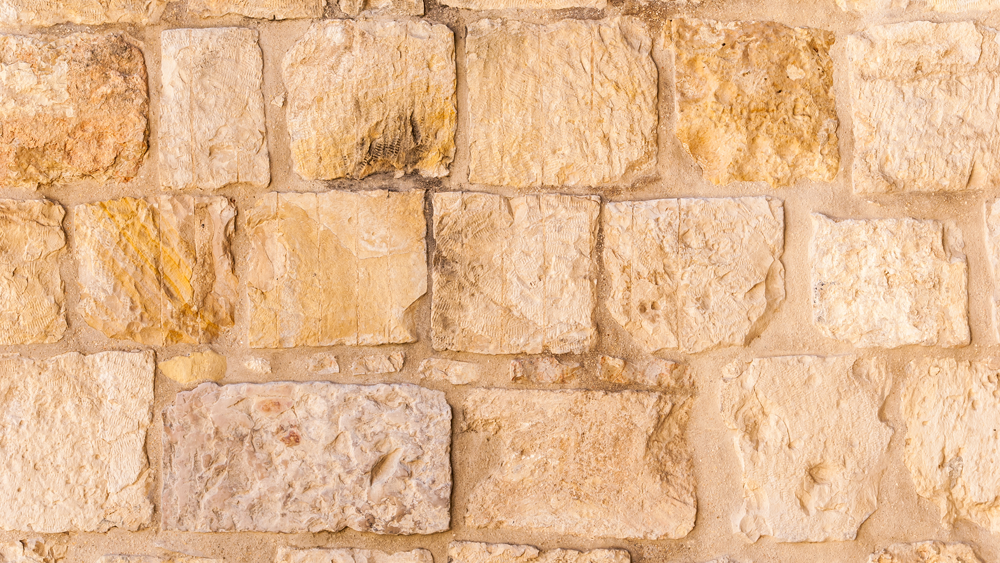
J: Jerusalem Stone
Native to Israel where it was used to build the entire city of Jerusalem, this natural stone is actually dolomite-limestone. Typically white, gray, tan or pink, its smooth, marble-like finish often features veins of contrasting colors running throughout. It’s easy to work with, highly dense and has a very low water-absorption rate, which is why it’s often seen used as countertops, flooring or on hearths—anywhere that’s meant to be a focal point in your log home.
K: Kitchen Hardware
From forged iron to brushed brass, the hardware you choose for your kitchen’s cabinets, drawers and doors can provide a sleek, shiny contrast to your log walls while adding to your home’s overall rustic appeal. Can’t settle on just one style? Mix and match your home’s fit and finish to create an eclectic look that feels curated over time.
L: Luxury Vinyl Plank
Currently a darling of home design, LVP (as it’s often called) is a far cry from the vinyl you grew up with. This highly engineered material is not only robust, waterproof and durable, it’s more wallet friendly than many of its engineered wood or hardwood competitors. It comes in a variety of colors, patterns and styles, but a wood look reigns supreme for log homes.
M: Mosaics
Whether made from tile, stained glass or shards of recycled broken china that you inherited from your great-aunt Gertrude, mosaics add an intriguing, personalized element to your log home. Use them as utilitarian kitchen backsplashes or on a wall at the end of the hallway in lieu of a painting, but regardless of where you put them, they’ll give your home an element of artistic expression.
N: Natural Hydraulic Lime Mortars
Looking for an alternative to mortar or grout for tile or brick work? Natural hydraulic lime mortars tolerate moisture and salt transfer during setting without sacrificing the material’s performance and enable work to be completed more quickly and economically than synthetic varieties. Earth-based pigments are used to produce a variety of colors that will coordinate with the tones of your stone. Plus, it can be applied on top of drywall as a purely decorative finish, giving interior walls a textured, stucco-like look.
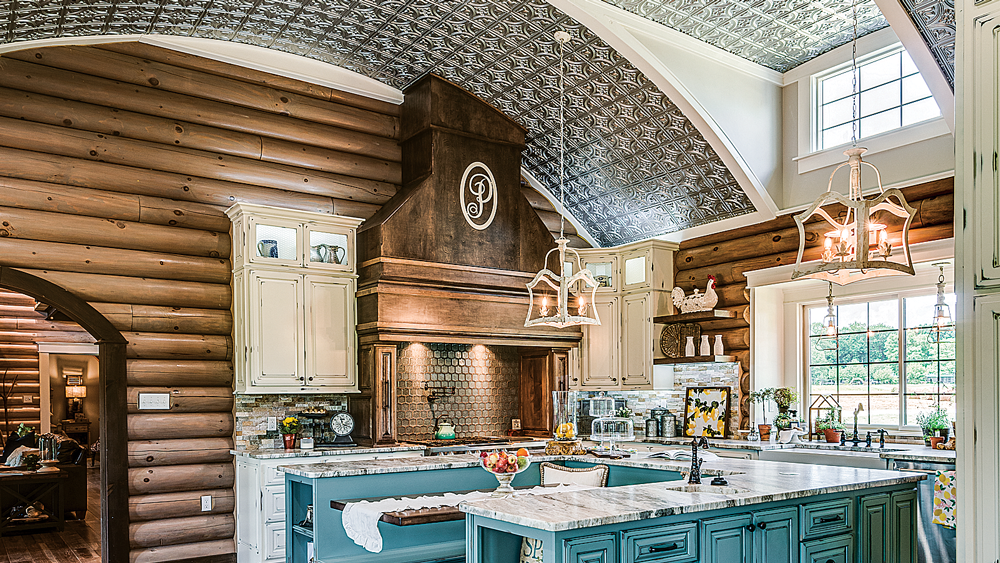
O: Overhead Tile Treatments
Delineating space in an open floor plan can be a challenge, but things are looking up — literally. You can create visual lines of demarcation by using overhead tiles instead of walls or other partitions. Particularly effective in a kitchen, copper or tin ceiling tiles not only help to define the area, they reflect light that will help to illuminate your work zones.
P: Pickling
Hungry for something completely different for your log home’s look? How about a pickle? Though the honey hue of a traditional log home is a timeless standard, pickling — applying a translucent, whitish-gray stain to the wood — lends a bright, almost coastal sensibility to log walls. Plus, flowers, trees and other landscaping will really pop against this blanched backdrop.
Q: Quartz Blend
If you think nature can’t be improved upon, think again. Mixing quartz with colored pigment and polyester resins forms a material that’s chip, scratch and heat resistant, easy to clean and available in vibrant shades never seen in a quarry. As a result, quartz has officially surpassed granite as the most requested countertop material for kitchens and baths.
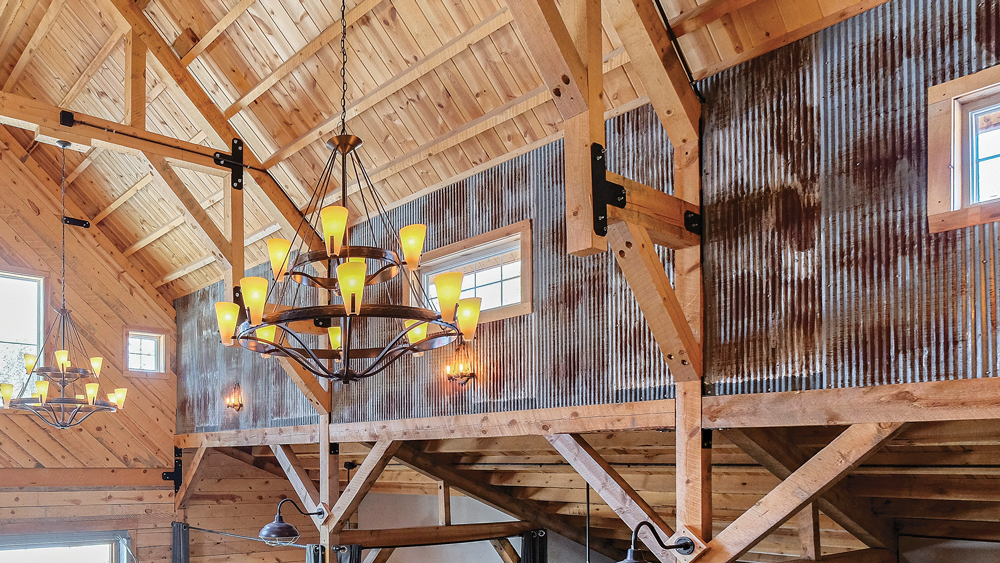
R: Rusted Metal
Once upon a time, having a rusty roof was grounds for immediate wash and repair. But today’s homeowners are seeking out intentionally oxidized steel to give a new home an instant hit of historical flair. Whether corrugated or standing seam, metal roof suppliers have treatments and sealants that will give you the aged patina without the flaking, staining or rot. Bonus: It also can double as a fantastic accent material for interior non-wood walls as well.
S: Species Synthesis
One of the easiest ways to mix up the look of your log home is to vary the wood species that you use. There’s a common misconception that if you use one species — say, pine — then everything in your home has to be pine. Not true! In fact, if your walls are a bright yellow pine, consider using a deeper-toned wood, like oak, for the floors, or try pale ash or sugary maple for your cabinetry. Still not convinced? Then consider this: If Mother Nature can vary the species in her forests, then it’s a pretty safe bet they’ll mesh well inside your home, too.
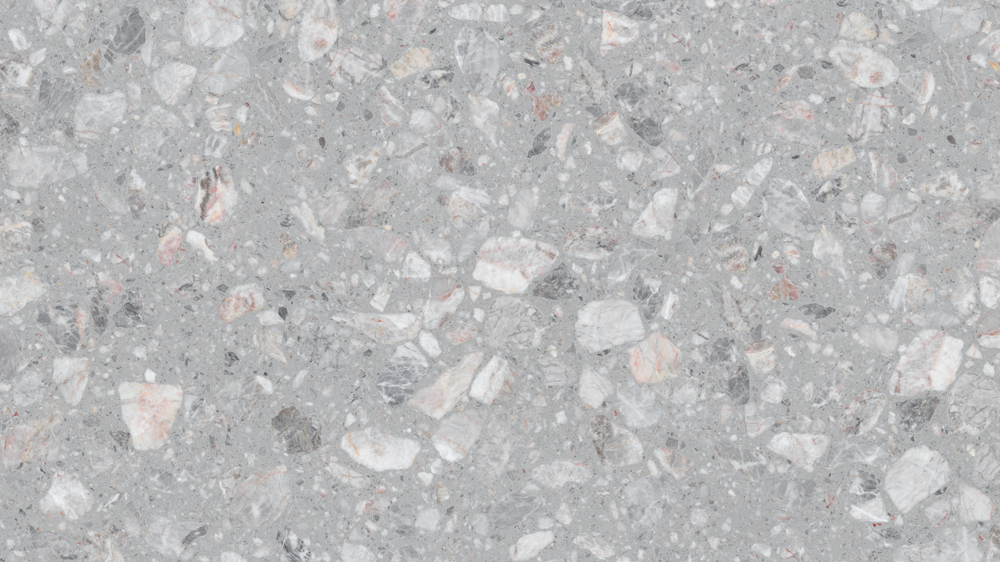
T: Terrazzo
What happens when chips of marble, quartz, granite and glass find themselves in an epoxy “bind”? You get terrazzo! With roots in ancient Egypt and Italy, this classic choice is ideal for counters and floors, as it does a great job of hiding small debris like crumbs and dust — maybe too good at times. There is a seemingly endless array of color choices, so selecting one to coordinate with your log home interior will be a snap.
U: Urethane Millwork
With the surge of hybrid log homes, almost every house has some drywall inside — even if it’s just on the ceiling. But who wants to look at a plain piece of sheetrock next to the majesty of a log wall? Add interest with prefab urethane niches, nooks, shelves and beams. Because they’re pre-cast and come with a template, they’re easy for the DIYer to install. Plus, they’re inexpensive, which is good news for folks on a budget who don’t want to sacrifice style.
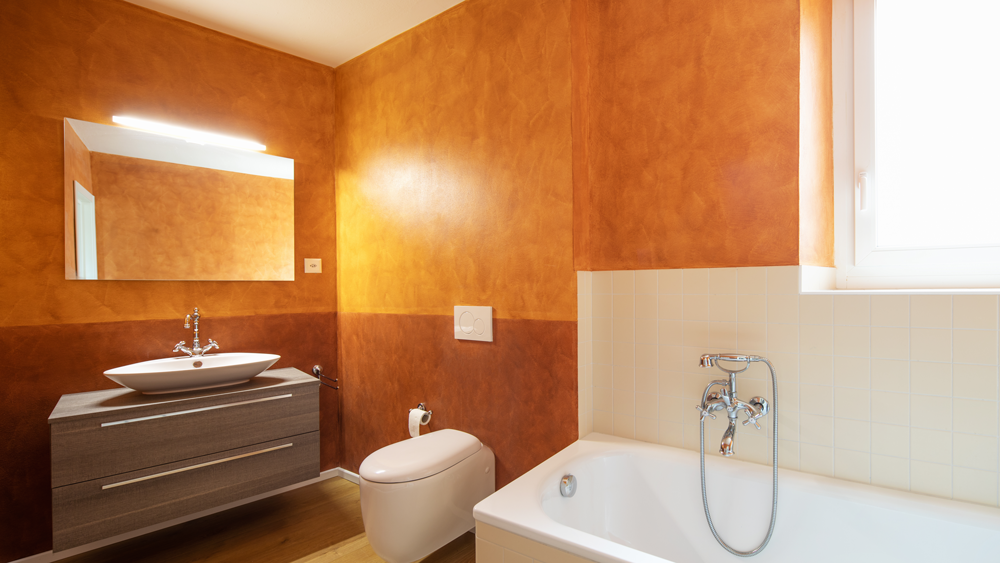
V: Venetian Plaster
Want another way to spruce up sterile white drywall? Try Venetian plaster. A term describing a centuries-old Italian method of texturing a wall’s surface, Venetian plaster is a blend of lime, ground marble and pigment applied in several steps and burnished with fine sandpaper and a trowel to bring out the glossy sheen that’s the hallmark of this treatment. Though there are many DIY kits out there, Venetian plaster is a bit of an art form, and a keen eye and skilled hand might be in order.
W: Wrought Iron
Over the years, wrought iron and log homes have become synonymous like peanut butter and jelly, but the look is so classic, we feel it bears repeating. Providing a natural relief from wood tones, sturdy and stylish wrought iron can be incorporated into stair railings, doors, window guards, light fixtures, cabinet hardware, fireplace grills — you name it.
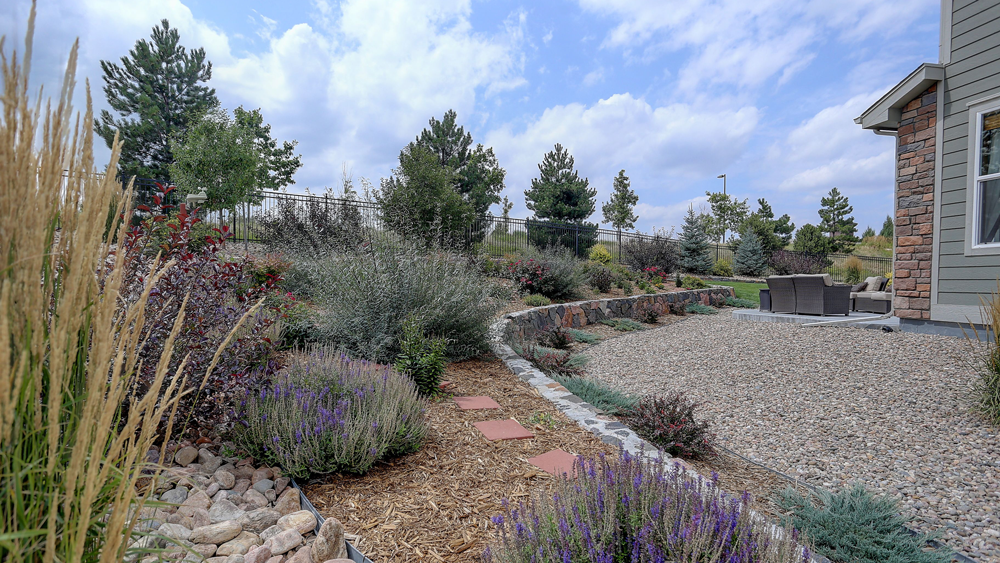
X: Xeriscaping
Looking for a low- or even no-maintenance landscape? Xeriscaping is a gardening technique that utilizes plants and materials that don’t require much, if any, supplemental irrigation — a tactic that’s particularly important in dry climates or anywhere folks are trying to conserve water. Some common plant choices include thyme, lantana, succulents, lavender and juniper, but you also can incorporate pea gravel, wood chips and other “hardscape” materials to create a yard that’s beautiful and sustainable.
Y: Yellow Travertine
Often lumped in the same category as alabaster, limestone and marble (though geologically it’s none of these), travertine comes in hues ranging from pure white to deep brown, but we think the golden hue of yellow travertine is a perfect log home mate. Appropriate for everything from counters to showers, the attractive, rustic material is ideal for wet spaces and outdoor pathways.
Z: Zen Pools
Every home should be a safe haven — a tranquil place where you can let your guard down and release the stress of the day. A Zen pool will help you do just that. More than a mere waterfall inside your home, the cascading water combined with elements of metal, stone or both evokes a calming effect that’s pleasing to the eye, ear and soul. Talk about blurring the lines between indoors and out!



